In the realm of modern biotechnology, few breakthroughs have captured the imagination of scientists and the public alike as powerfully as CRISPR gene editing. Often described as "molecular scissors," this revolutionary technology allows researchers to make precise modifications to DNA with unprecedented accuracy. The implications span medicine, agriculture, and beyond, offering both extraordinary promise and complex ethical questions.
The CRISPR-Cas9 system, derived from a natural defense mechanism in bacteria, has transformed genetic engineering. Bacteria use CRISPR sequences to remember and destroy viral DNA, but scientists have repurposed this system to target and edit specific genes in virtually any organism. The key lies in the Cas9 enzyme, which acts as the molecular scissors, guided by a custom-designed RNA molecule to the exact location in the genome where an edit is desired.
What makes CRISPR so groundbreaking is its precision and accessibility. Earlier gene-editing tools were expensive, time-consuming, and often hit-or-miss. CRISPR, by contrast, is relatively cheap, fast, and remarkably accurate. Laboratories around the world have adopted the technique to study diseases, develop therapies, and even engineer crops resistant to pests and drought. The democratization of gene editing has accelerated research at an unprecedented pace.
In medicine, CRISPR holds the potential to cure genetic disorders that were once considered untreatable. Researchers are exploring its use against sickle cell anemia, cystic fibrosis, and muscular dystrophy. Early clinical trials have shown promising results, with some patients experiencing significant improvements after CRISPR-based treatments. The technology also opens doors to personalized medicine, where therapies can be tailored to an individual's unique genetic makeup.
However, the power of CRISPR is not without controversy. The ease of use raises concerns about unintended consequences, such as off-target effects where edits occur in the wrong parts of the genome. Ethical dilemmas abound, particularly in the realm of human germline editing—changes that would be passed down to future generations. The 2018 case of Chinese scientist He Jiankui, who created the world's first gene-edited babies, sparked global outrage and calls for stricter regulations.
Beyond human health, CRISPR is reshaping agriculture. Scientists are developing crops with enhanced nutritional value, longer shelf lives, and greater resistance to climate change. In livestock, gene editing could reduce disease susceptibility and improve animal welfare. These advancements could help address food security challenges in a growing global population, though they also face scrutiny from consumers wary of genetically modified organisms.
The future of CRISPR is both exciting and uncertain. New variations of the technology, such as base editing and prime editing, offer even finer control over DNA modifications. These next-generation tools could minimize risks and expand the range of possible applications. Meanwhile, debates over regulation, equity, and the moral boundaries of genetic engineering continue to evolve alongside the science itself.
As CRISPR technology matures, society must grapple with profound questions about how to wield this transformative power responsibly. The potential to heal, feed, and improve lives is immense, but so too are the risks of misuse or unintended harm. The story of CRISPR is still being written, and its ultimate impact will depend not just on scientific innovation, but on the choices we make as a global community.
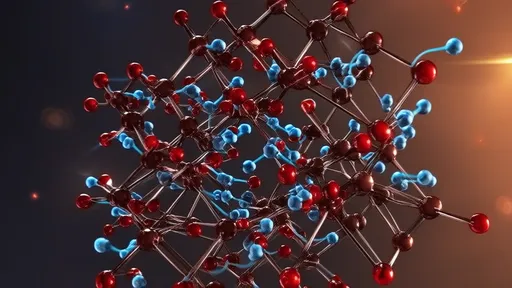
By /Jun 19, 2025
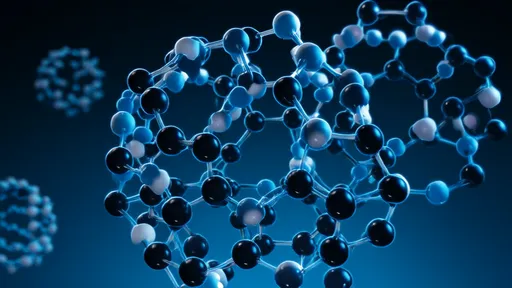
By /Jun 19, 2025

By /Jun 19, 2025

By /Jun 19, 2025
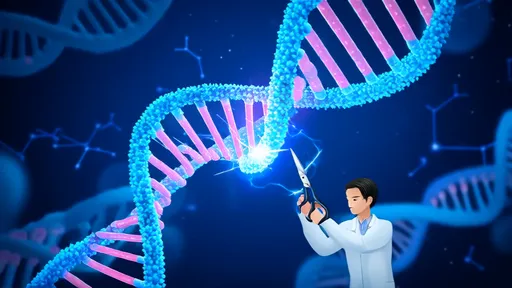
By /Jun 19, 2025

By /Jun 19, 2025

By /Jun 19, 2025

By /Jun 19, 2025

By /Jun 19, 2025

By /Jun 19, 2025
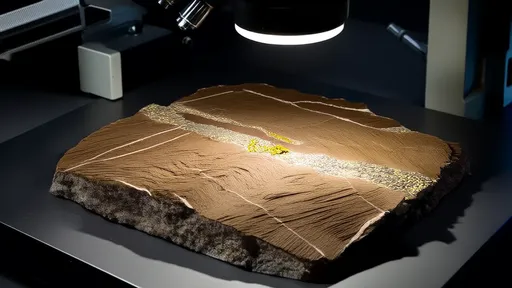
By /Jun 19, 2025
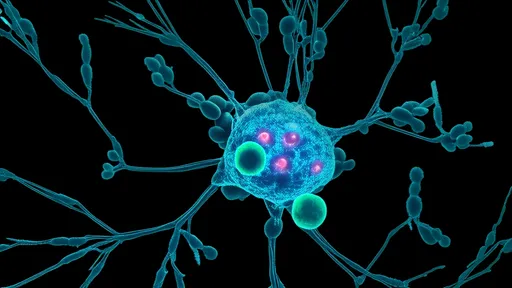
By /Jun 19, 2025
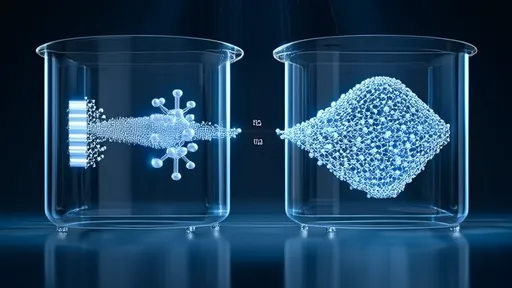
By /Jun 19, 2025
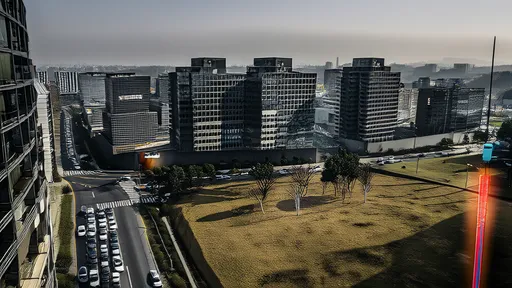
By /Jun 19, 2025

By /Jun 19, 2025
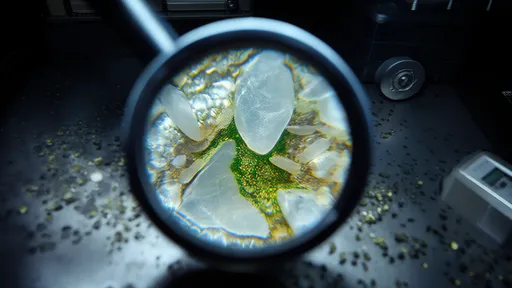
By /Jun 19, 2025
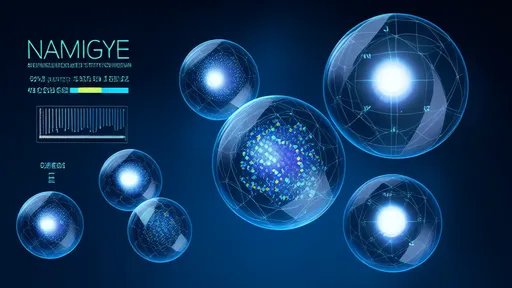
By /Jun 19, 2025